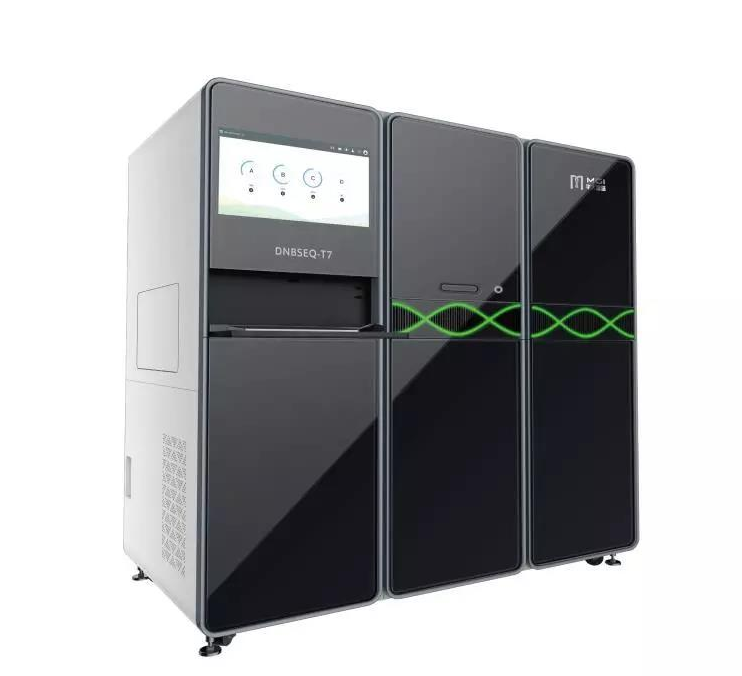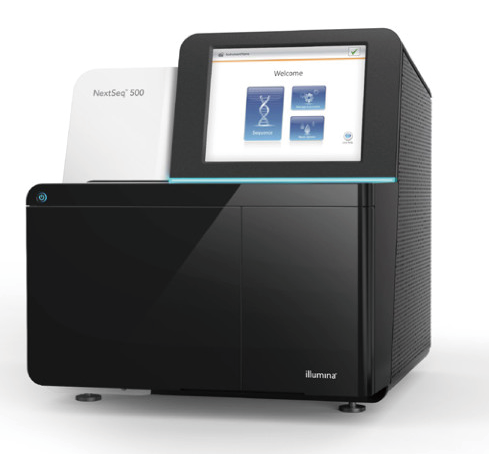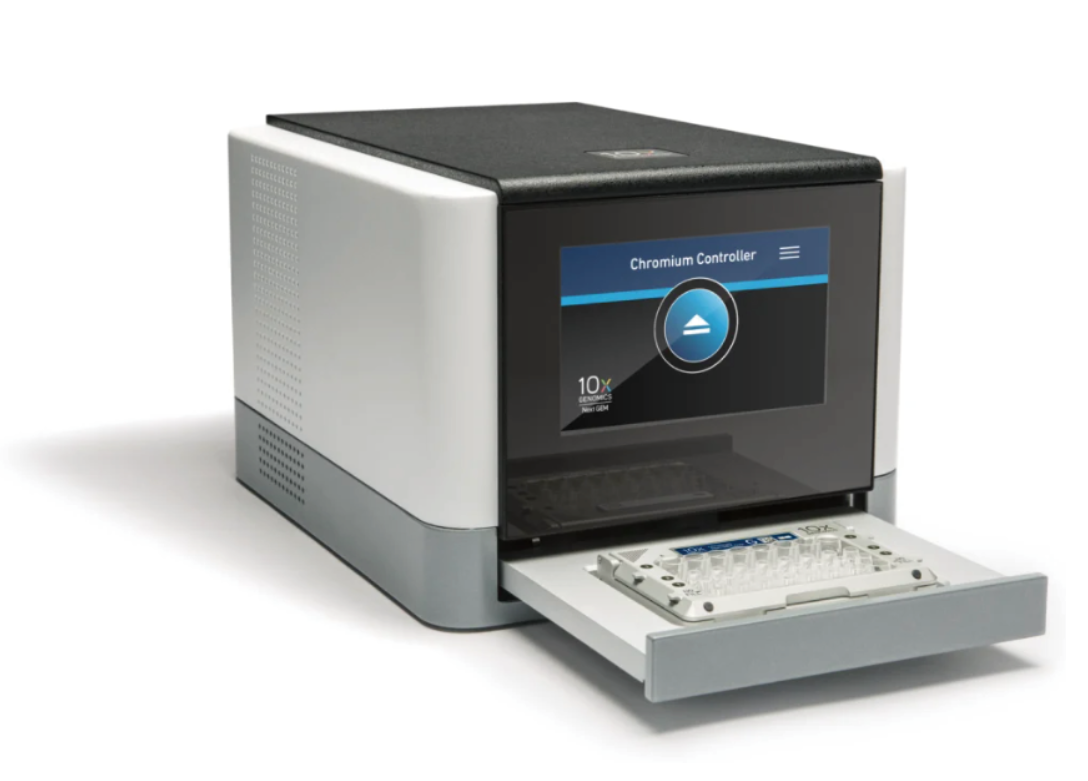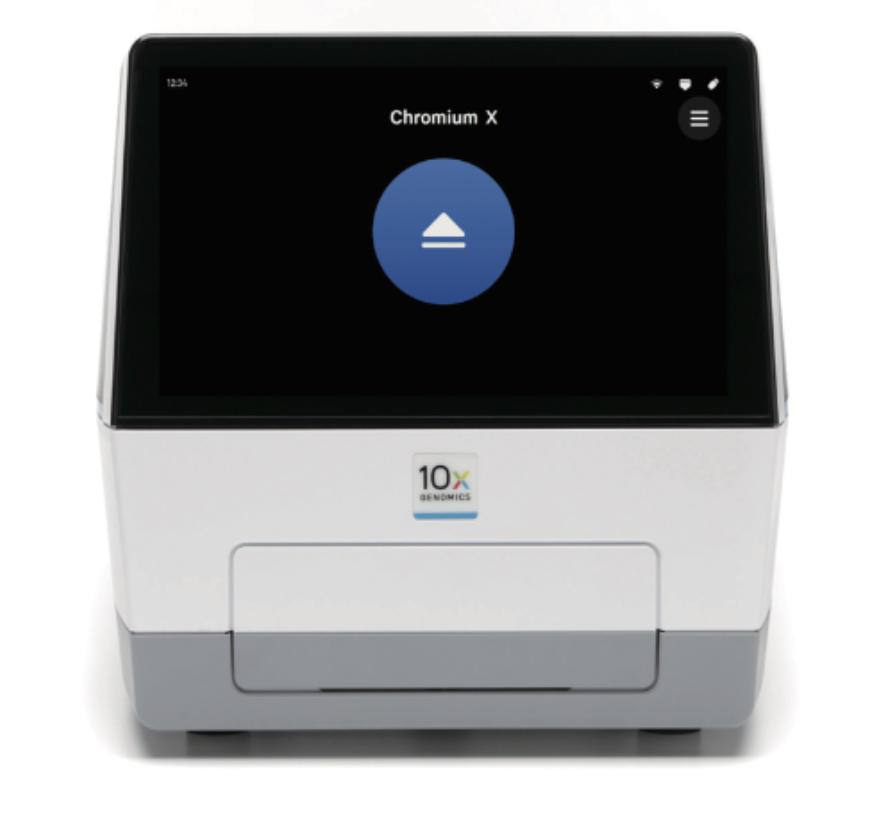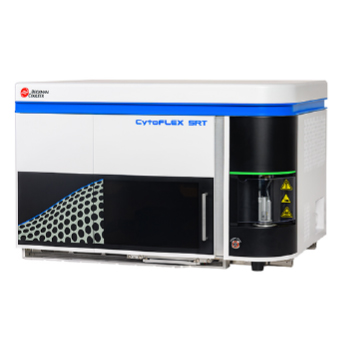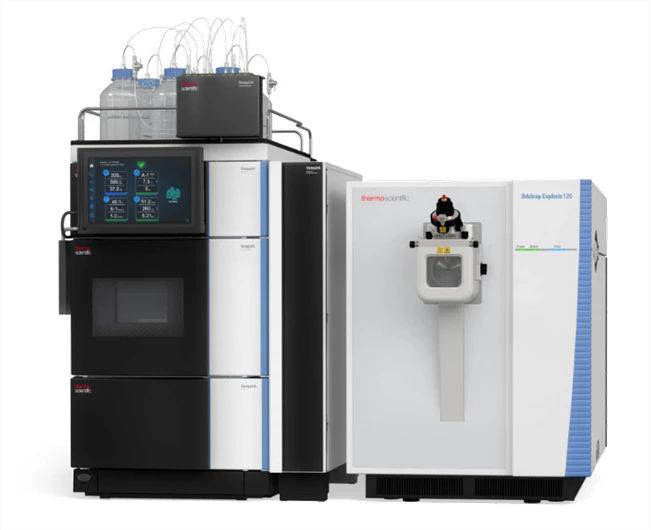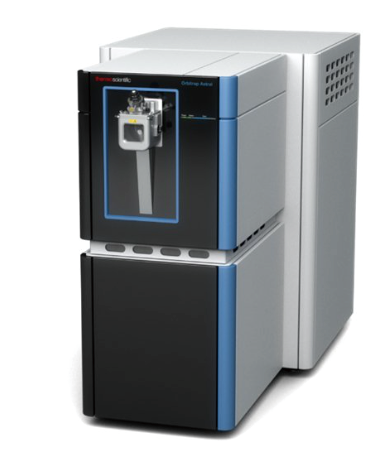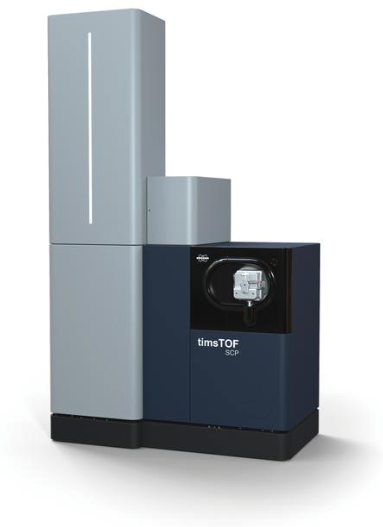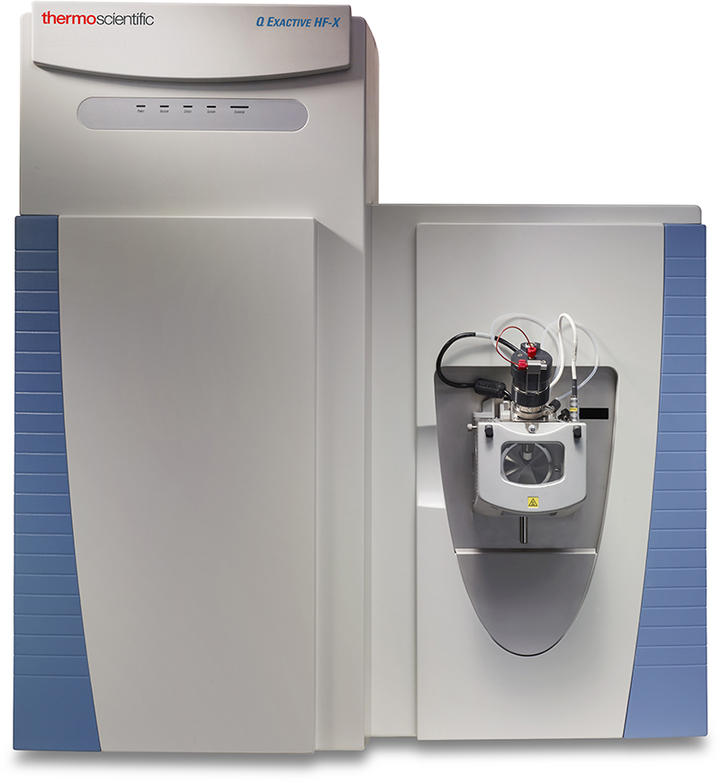Abstract
Three-dimensional bio?lm electrode reactors (3D-BERs) represent an environmentally acceptable and cost effective technology for refractory wastewater treatment. Previous studies on 3D-BERs primarily focused on treatment performance, and little information is available about the microscopic mechanisms
of contaminant degradation. The reactions occurred on particle electrodes, the core units of the 3D-BERs served as both electrodes and bio?lm carriers, are still unclear. This study comprehensively elucidated the synergistic effects of electricity and bio?lm on Rhodamine B (RhB) removal in 3D-BERs from both
macroscopic and microcosmic aspects. Continuous-?ow 3D-BERs were operated to evaluate overall treatment performance. Batch experiments were conducted to explore the kinetics of RhB degradation as well as the contributions of various physical, chemical, and biological processes to RhB removal. The bio?lm formed on the particle electrodes was characterized by imaging and microbial analyses. The results indicated that applying voltage promoted degradation of RhB. Three processes, including electro-adsorption, electrochemical oxidation and electro-biodegradation, were identi?ed to contribute to RhB degradation. Microorganisms in the Rhodanobacter and Thiomonas genera were distinctively enriched under acclimation voltage, which was attributed to the accumulation of intermediates generated by electrochemical oxidation. This study demonstrated that the synergistic effects of electricity and bio?lm
were dependent on applying voltage, that would be bene?cial to comprehensively understand the contaminants removal process in 3D-BERs.
Text link
https://www.sciencedirect.com/science/article/pii/S0013468618320437




